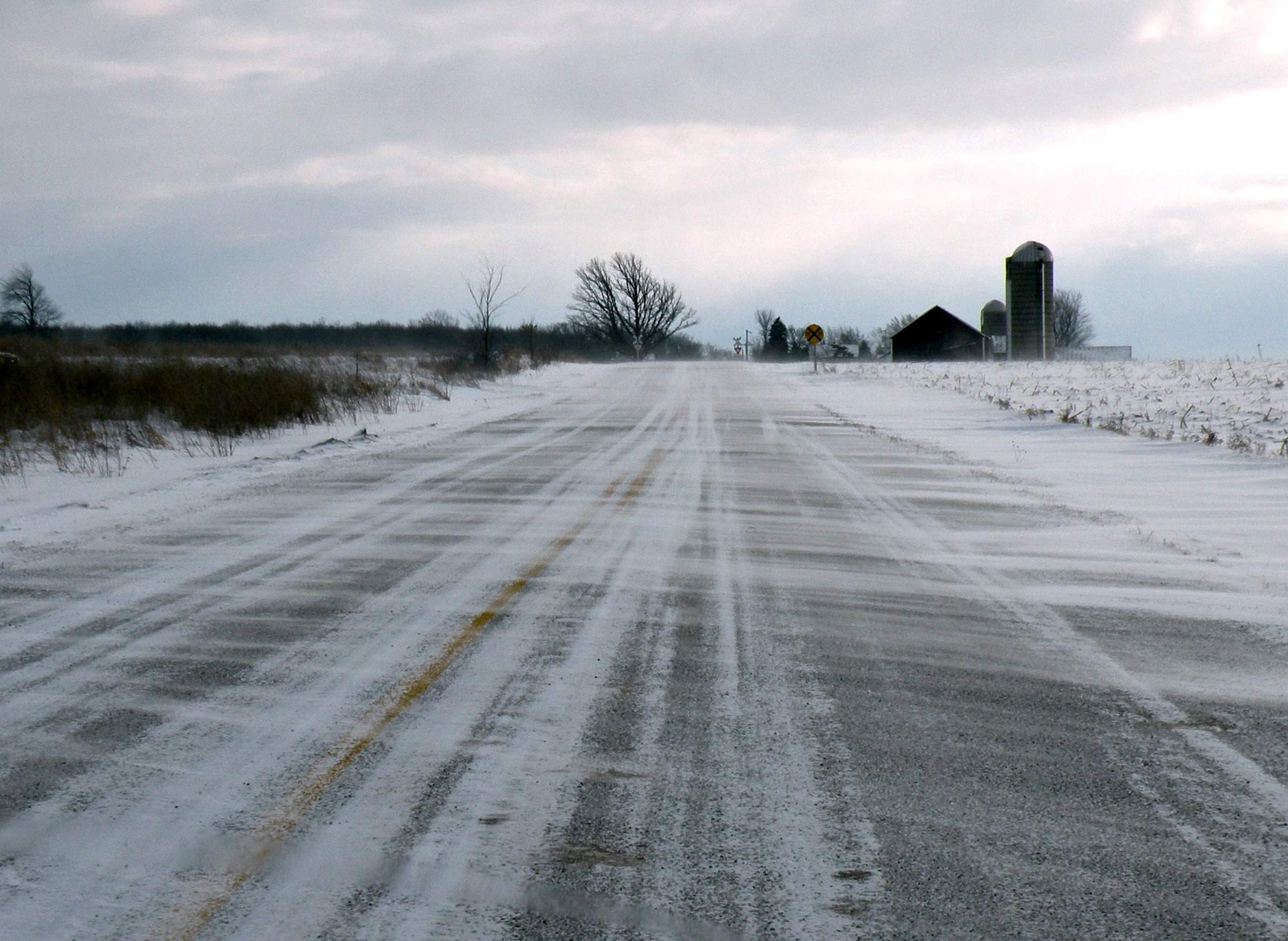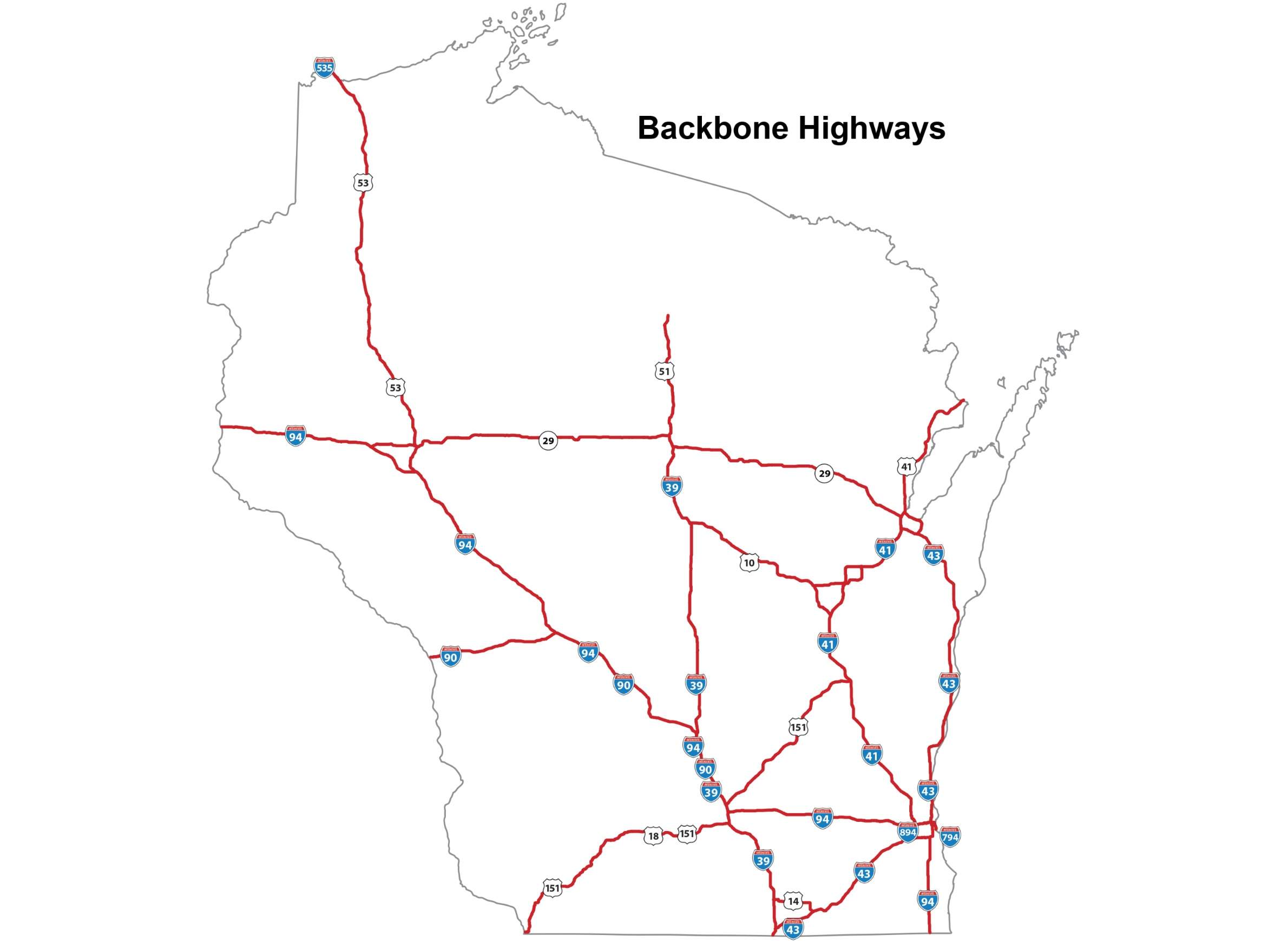
How Rough Are Wisconsin's Roads?

Wisconsin faces a long-in-the-making crisis of aging, deteriorating roads and major shortfalls in transportation funding. A January 2017 report by the nonpartisan Legislative Audit Bureau found that the Wisconsin Department of Transportation allowed the cost of building and maintaining roads to unnecessarily exceed estimates between 2006 and 2015. Over the same period, the stat's gas tax remained static, resulting in the state's transportation fund missing out on more than $1 billion in revenues.
The report examined in detail various data the DOT gathers on the conditions of roads across the state. It offered a county-by-county breakdown of roads at two levels: "Non-backbone" state highways (roads maintained by the state that are not interstates and several other major highways) and local roads. The DOT measures the two a bit differently.
The report evaluated state highways according to a scale called the Pavement Control Index, and which includes seven rankings, from "good" to "failed." The DOT's data on local roads comes from local officials across the state, who may be using a variety of different evaluation systems; the report breaks this information down into seven categories as well, ranging from "excellent" to "failed."

It's difficult to make a direct comparison between state and local roads, because their conditions are evaluated differently by the DOT. But from this statewide perspective, the report suggests that local roads (of which there are more miles) are faring slightly better than non-backbone state highways.

Overall, this data is a bit of a hodge-podge to assess, but it does provide a window into how aging roads, the impact of heavy trucks, and stretched state and local transportation budgets have affected road conditions across the state.
Roads have taken a beating across the U.S., but in Wisconsin, the worst conditions appear to be concentrated in western parts of the state -- in Crawford, Pepin, and Vernon counties, more than half the state highways are considered in poor condition or worse.
Western and northern Wisconsin also see the lowest percentages of roads listed in good condition -- with Rusk County coming in last at 10 percent. Not surprisingly, wealthier and more populous counties tend to have higher percentages of roads in good conditions, but even the best-off by that measurement, Winnebago County, comes in with 69.1 percent of its roads listed in good condition.



